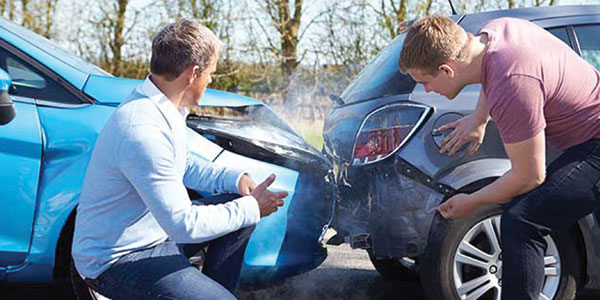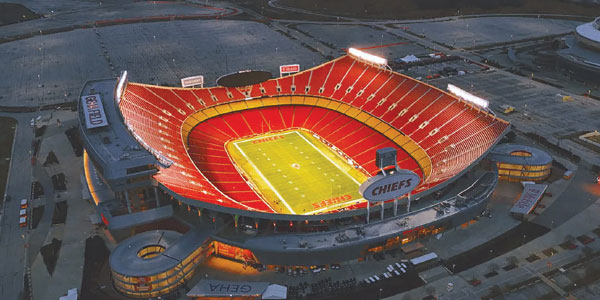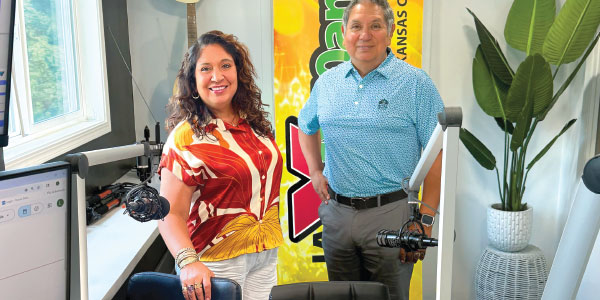
Commentary by Dermidio Juez-Perez
If you’ve ever been in a car accident, you understand the shock a person experiences after the unexpected event.
Normally, I’m good at thinking on the spot. But when I was involved in an accident in 2016, I didn’t know what to do. To make sure you don’t find yourself in a similar state of confusion, review and use the following steps to prepare yourself to deal with a car accident:
1. Move to a safe area, if possible: If you can and you aren’t seriously injured, move your vehicle to a safer area – say, to the shoulder of the road. If that’s not possible, flip on your hazard lights.
2. Turn off the engine and exit the car: Take a moment to breathe and check for oncoming traffic before exiting the vehicle. However, if a utility pole has been hit, it’s recommended to remain in the vehicle until an emergency crew arrives.
3. Check on the safety of others: If you’re not hurt, make sure others involved are O.K., including your passengers, the other vehicle’s driver and any pedestrians. If anyone is hurt, call 911 immediately.
4. Call the police: Regardless of how minor the accident might be, it’s always smart to call the police to the scene. A police report is important when dealing with your insurance company. Remember, it’s not your job to determine who’s at fault. The police will be able to objectively judge the events.
5. Gather information: Try to collect as much information as possible about the accident and those involved, such as the names of everyone involved, license plate numbers, insurance information, the makes and models of all vehicles, contact information for any witnesses, the exact location of the accident, and the responding officer’s name.
6. Take pictures: It’s important to document the scene with pictures of any damage and the road conditions. They’ll be valuable for your insurance claim.
7. File your insurance claim: Review all the information and call your insurance provider to file a claim once you’re over the trauma. Take your time and share all the details with your insurance agent.
Regardless of how good you might think you are at thinking on the spot, when you’re in a car accident, you’ll most likely experience a sense of shock – and you won’t think as well as you normally would. So review the seven steps above – regularly. Remember, you can’t be too prepared.
Qué hacer después de un accidente automovilístico
Si alguna vez has estado en un accidente de coche, entenderás el que shock una persona experimenta después del inesperado evento.
Normalmente, soy muy bueno pensando en el acto. Pero cuando estuve involucrado en un accidente en el 2016, no supe qué hacer. Para asegurarse de que usted no se encuentre en un estado similar de confusión, revise y siga los siguientes para lidiar con un accidente automovilístico:
1. Muévase a una zona segura, si es posible: Si puede y no se lesionó seriamente, mueva su vehículo a un área más segura – por ejemplo, al borde del camino. Si eso no es posible, encienda las luces de emergencia.
2. Apague el motor y salga del automóvil: Tómese un momento para respirar y verifique que no haya tráfico en sentido contrario antes de salir del vehículo. Sin embargo, si hay un poste eléctrico caído, se recomienda permanecer en el vehículo hasta que llegue una tripulación de emergencia.
3. Compruebe la seguridad de los demás: Si no está herido, asegúrese de que otros involucrados estén bien, incluyendo a sus pasajeros, el conductor del otro vehículo y cualquier peatón. Si alguien está herido, llame al 911 inmediatamente.
4. Llame a la policía: Independientemente de cuan menor sea el accidente, siempre es inteligente llamar a la policía. Un informe policial será útil al negociar con su compañía de seguros. Recuerde, no es su trabajo determinar quién tiene la culpa. La policía podrá juzgar objetivamente los hechos.
5. Reunir información: Trate de recopilar toda la información posible sobre el accidente y los involucrados, como los nombres de todos los involucrados, los números de matrícula, la información de seguros, las marcas y modelos de todos los vehículos, la información de contacto de cualquier testigo, La ubicación exacta del accidente y el nombre del oficial que respondió.
6. Tome fotos: Es importante documentar la escena con imágenes de cualquier daño y las condiciones del camino. Estas fotografías serán de gran valor cuando reclame el accidente su seguro.
7. Ejecute su reclamo de seguro: revise toda la información y llame a su proveedor de seguros para presentar un reclamo una vez que haya superado el trauma. Tómese su tiempo y comparta todos los detalles con su agente de seguros.
Independientemente de lo bien que pueda pensar en momento de emergencia, cuando uno es parte de un accidente, es muy probable que experimente una sensación de shock – y no va a pensar tan bien como lo haría normalmente. Así que revise los siete pasos anteriores – regularmente. Recuerde, uno nunca puede estar demasiado preparado.










